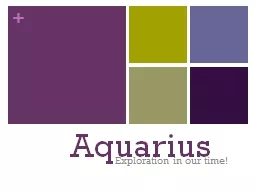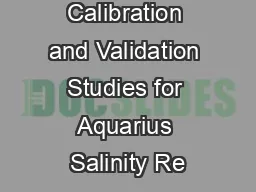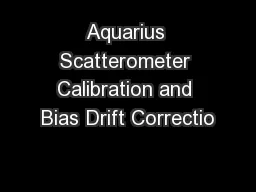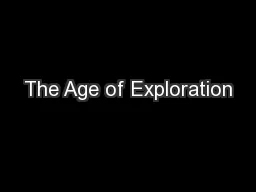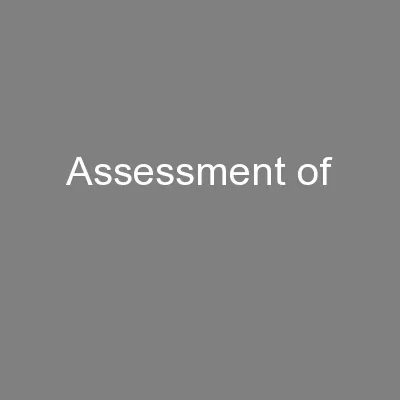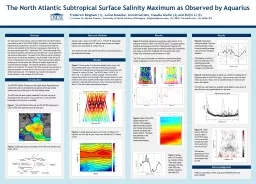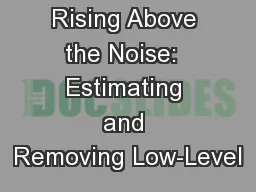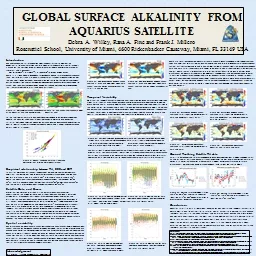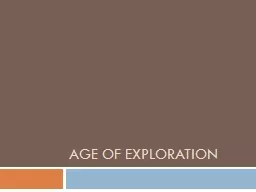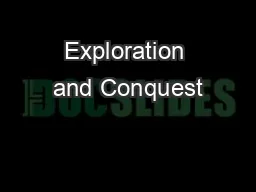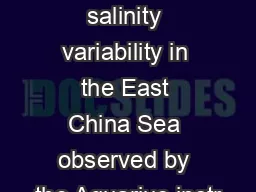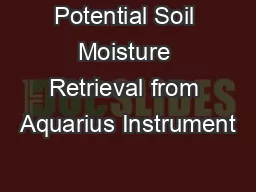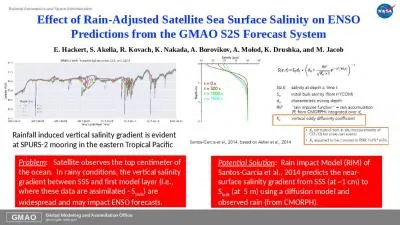PPT-Aquarius Exploration in our time!
Author : alexa-scheidler | Published Date : 2019-02-28
Lets take a look at some footage http aquariusuncwedu aboutoverview httpquestarcnasagovprojectsspaceaquarius2002septemberhtml What is Aquarius Underwater laboratory
Presentation Embed Code
Download Presentation
Download Presentation The PPT/PDF document "Aquarius Exploration in our time!" is the property of its rightful owner. Permission is granted to download and print the materials on this website for personal, non-commercial use only, and to display it on your personal computer provided you do not modify the materials and that you retain all copyright notices contained in the materials. By downloading content from our website, you accept the terms of this agreement.
Aquarius Exploration in our time!: Transcript
Download Rules Of Document
"Aquarius Exploration in our time!"The content belongs to its owner. You may download and print it for personal use, without modification, and keep all copyright notices. By downloading, you agree to these terms.
Related Documents

